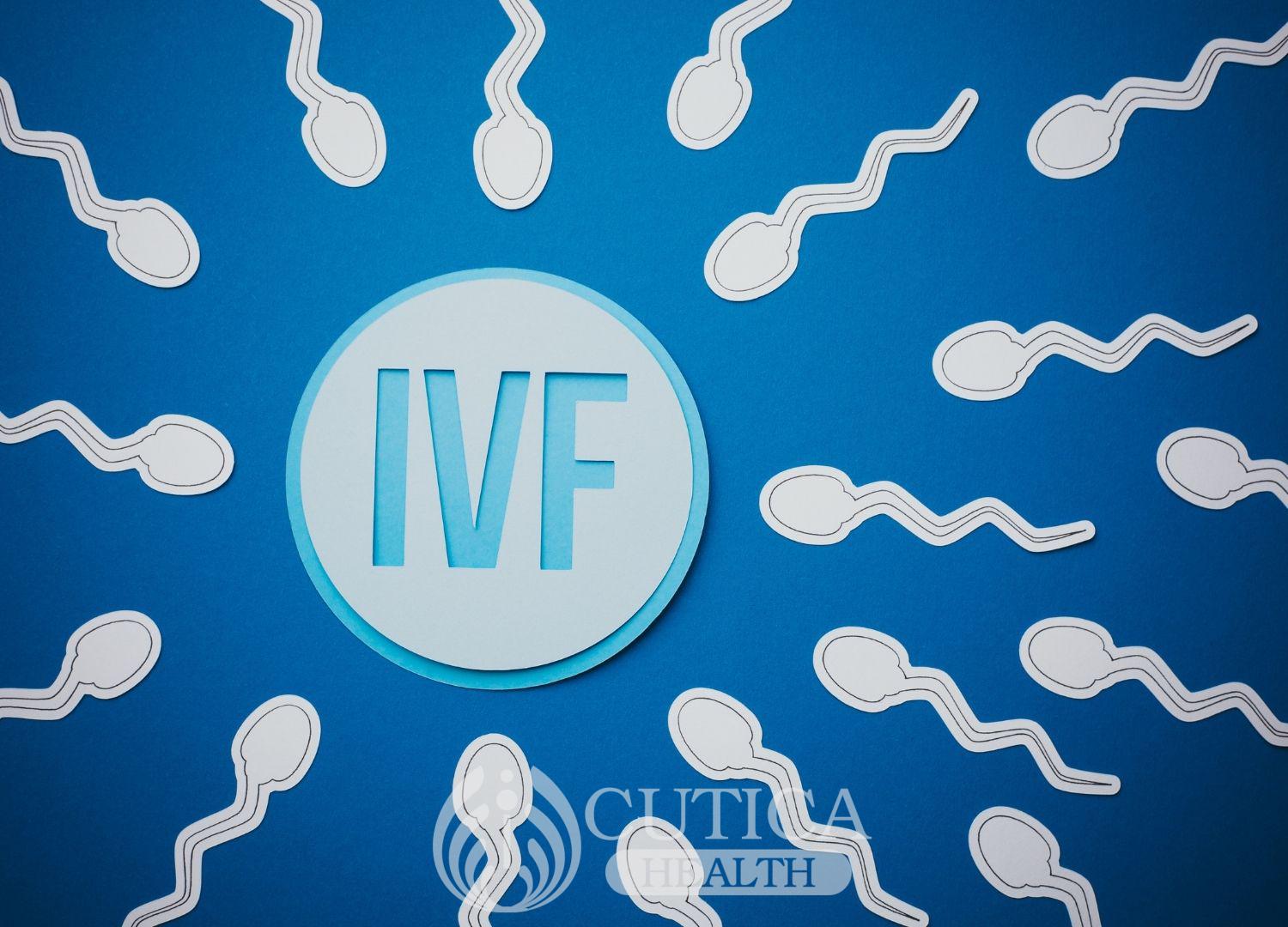
It’s been three years since Linda got married, and she had already suffered 4 miscarriages. Having been diagnosed with Endometriosis at age 28, she knew there was a possibility of having fertility issues later on.
Now at the fertility clinic, after numerous tests and evaluations, she and her husband were advised to have an IVF. The doctor thus went on to enlighten them about the procedure.
What is IVF?
IVF is a medical acronym that stands for “In Vitro Fertilization”. It is one of the types of assisted reproductive technology (ART). In vitro refers to something that occurs outside a living organism while fertilization is the union of a female egg and male sperm to make what later develops into a ‘baby’.

Babies created through IVF have been tagged ‘test-tube’ babies based on the popular idea that such babies are created in a test tube instead of the woman’s Fallopian tube. The retrieved egg and sperm are fertilized in vitro, in a laboratory. Thereafter, the product of this union (called the embryo) is allowed to incubate for a few days before it is transferred to the woman’s womb. Normally, multiple embryos are transferred to a woman’s womb so that the chance of one embryo being successfully implanted is increased.
The first baby conceived by IVF, Louise Joy Brown, was born in 1978. And since then, millions of children have been conceived through this procedure.
Why IVF?
This procedure is used in medical practice for reasons such as:
- Unexplained infertility
- Genetic disorder: Through IVF, clinicians can ensure that genetic disorders are not passed onto the offspring.
- Impaired sperm production or quality
- Reproductive health issues like endometriosis, uterine fibroids, impaired sperm production or function, Fallopian tube damage or blockage, and ovulation problems.
While IVF has become a very effective way of achieving conception, it does not come without risks. Common risks of this procedure include multiple births (twins, triplets, quadruplets, and more), miscarriage, procedure failure, and birth defects in the newborn.

IVF methods you should know about
1. Natural Cycle IVF: Also known as drug-free IVF. There is the stimulation of a woman’s eggs without using fertility drugs. Egg is retrieved from the woman’s ovary just before ovulation, that is, before the egg gets released into the fallopian tube.
Since there is no involvement of fertility drugs to stimulate egg production and release, the side effects that are associated with such drugs are eliminated. Such side effects include lack of sleep, headaches, mood swings, and hot flashes (sudden feeling of warmth around the woman’s face, neck, and chest).
It is also believed that since the eggs are gotten from the natural menstrual cycle of the woman, they are of the best quality and thus have a great potential of becoming a healthy baby. However, there is a possibility of premature ovulation such that that golden opportunity to retrieve the matured egg is missed. In such cases, one has to wait till the next cycle.
2. Conventional IVF: In this type of IVF, there is the use of fertility medications to stimulate the growth and development of numerous follicles in the ovary. Then, the matured eggs are surgically removed and fertilized in vitro.

The pros of this method are that there is a low chance of missing the opportunity for retrieval of the egg since the cycle is externally stimulated and monitored. In addition, more than one egg can be retrieved at the same time. However, the side effects of fertility drugs remain a common disadvantage of this method.
Intracytoplasmic sperm injection: This procedure is often performed as part of IVF and is suitable for male infertility. In this method of fertilization, a single healthy sperm is injected directly into each mature egg. This method is often used when sperm quality or number is an issue or if previous IVF attempts have failed.
The problems with this method include potential damage to the eggs or embryos formed and may be associated with birth defects in the newborn. However, the good thing about ICS is that it increases the chance of fertilization during IVF.

In vitro fertilization has been a major breakthrough in medicine in the last 50 years. There are now many procedures through which a couple can conceive and have their own children irrespective of the reproductive challenges they may have. Speak with your doctor today if you are considering this fertility option.












